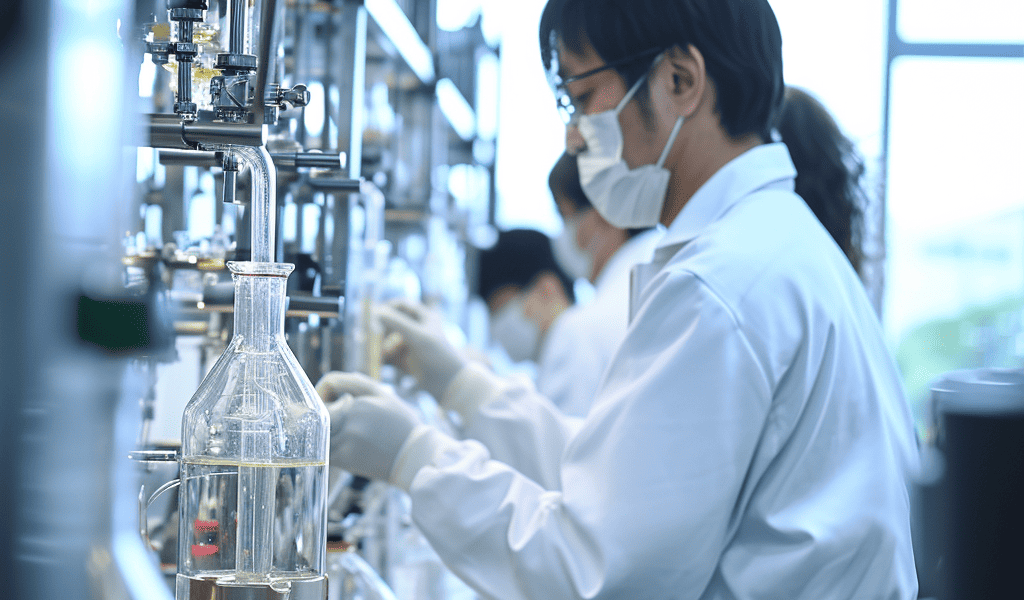New Method for Synthesizing Beta-Lactam Scaffold Unveiled by Osaka University Researchers
Osaka University researchers have unveiled a new, simplified method for synthesizing the intricate beta-lactam scaffold, a key component of beta-lactam antibiotics. Published in Nature Catalysis, the study titled ‘Catalytic synthesis of β-lactam derivatives by carbonylative cycloaddition of acylsilanes with imines via a palladium Fischer-carbene intermediate’ introduces a groundbreaking approach to address the challenge of sourcing sufficient quantities of key antibiotic ingredients.
Beta-lactam antibiotics, such as penicillin, are crucial in treating bacterial infections due to their selectivity and lower toxicity compared to other drugs. However, their complex structure has historically posed challenges in laboratory synthesis, necessitating the use of catalysts like the Fischer-carbene complex, albeit in large quantities.
Lead author Tetsuya Inagaki explains, ‘Our new catalytic system can generate Fischer-carbene complexes from organosilicon compounds, which are non-toxic. What’s more, we were able to isolate and characterize a key intermediate: a siloxycarbene–palladium complex.’
The innovative method eliminates toxic chromium waste and the need for photo-irradiation, offering a one-step, operationally straightforward process that requires only a small quantity of catalyst. The researchers successfully utilized this approach to prepare the scaffold of the thienamycin antibiotic with a remarkable 94% yield.
This groundbreaking research paves the way for synthesizing Fischer-carbene catalysts that are otherwise challenging to isolate, providing access to structurally complex beta-lactam building blocks in a single reaction.





